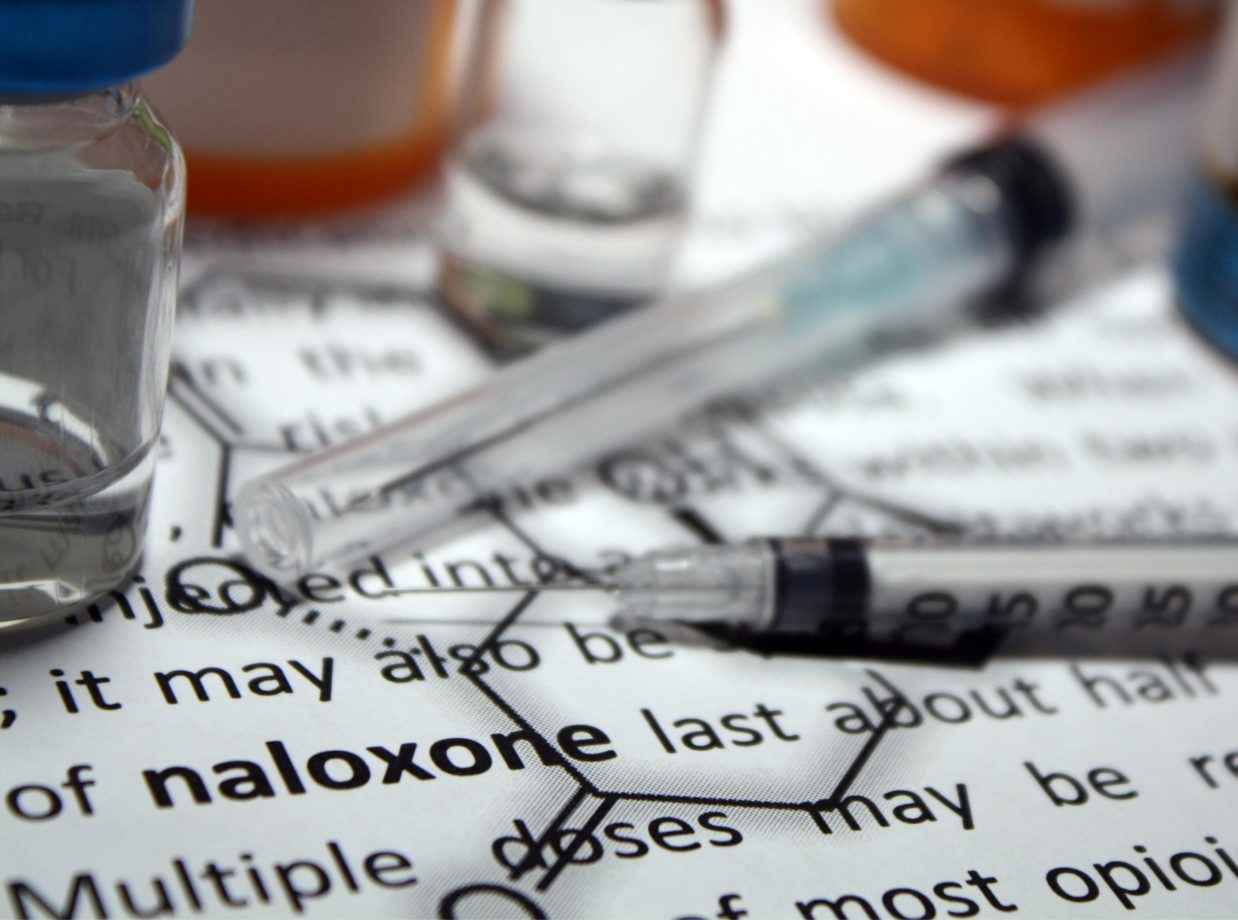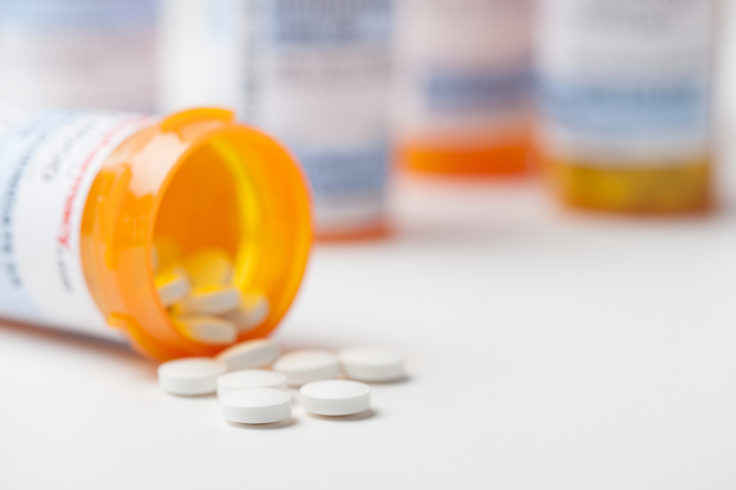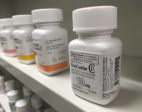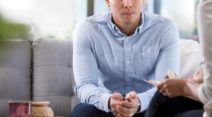Substance Use Prevention and Harm Reduction
The national opioid epidemic began with widespread addiction to, and misuse of prescription painkillers. More recently, illegal drugs such as heroin and illicitly manufactured fentanyl are responsible for a majority of fatal overdoses. As well, a growing number of states are legalizing marijuana, still considered an illicit drug at the federal level, for medical and adult recreational use. Law and policy can help or hinder harm reduction and overdose prevention measures.

Explore a Sub-topic
Resources

Harm Reduction Laws in Idaho
Read More

Legal Requirements and Tools for Sharing Data with Police Departments to Prevent and Respond to Opioid Overdoses
Read More

Regulation of Cannabis-Infused Edibles
Read More

Legality of Dispensing and Administering Expired Naloxone in Georgia
Read More

Legality of Dispensing and Administering Expired Naloxone in the District of Columbia
Read More

Legality of Dispensing and Administering Expired Naloxone in Colorado
Read More

Legality of Dispensing and Administering Expired Naloxone in Illinois
Read More

Legality of Dispensing Naloxone to Minors in Pennsylvania
Read More

Legality of Dispensing Naloxone to Minors in Maryland
Read More

Harm Reduction Policy in Practice
Read More

Opioid-related Public Health Emergency Declarations
Read More

Key Public Health Initiatives: A Year in Review
Read More
Spotlight

To Address Overdose, The U.S. Should Ramp Up Proven Interventions at Home, Not Performative Attacks Abroad.
Read More

Paying People to Refrain from Drug Use Works. Recent Policy Changes Have Eased the Legal Barriers to this Promising Practice.
Read More

Drug Checking is Effective: More States Should Stop Criminalizing It
Read More
Explore Topics
Related Healthy Living Resources
How we can help
Legal Research and Assistance
Experienced legal experts are available to answer questions and provide research, analysis and guidance. Tell us what you’re working on. We’re ready to help.







